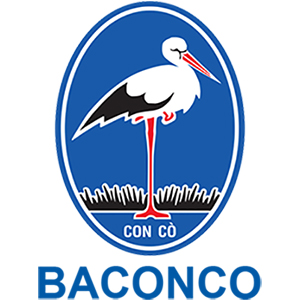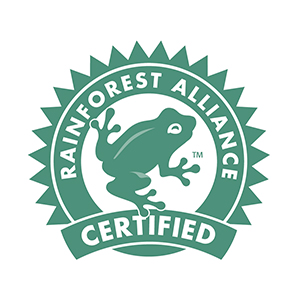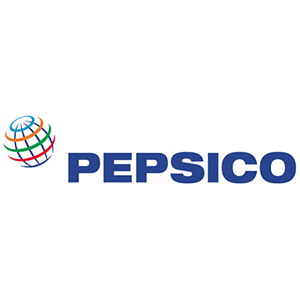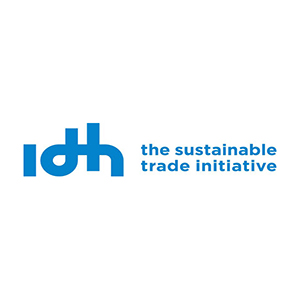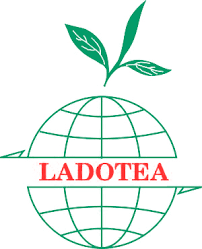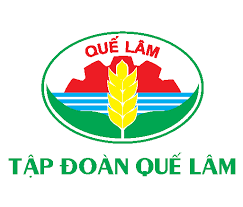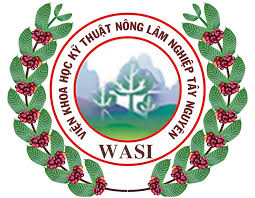- Giới thiệu
- Nhóm Công tác
- Tin tức
- Thông tin về FTA
- Tài Liệu
- Sự kiện
- Liên hệ
Shrimp exports face difficulties
Shrimp exports in June decreased for the first time due to the limited supply of raw shrimp in the country, and the consumption demand from the US and Chinese markets slowed down.
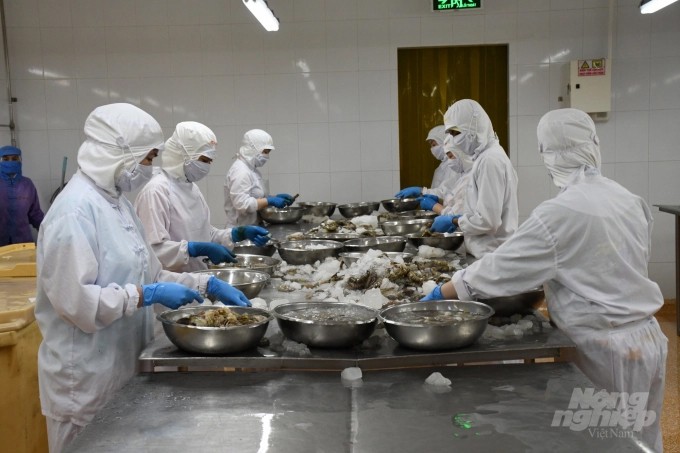
Shrimp exports in June decreased, after 5 months of positive growth since the beginning of the year.
According to the Vietnam Association of Seafood Exporters and Producers (VASEP), June was the first month of this year that shrimp exports recorded negative growth, after continuously growing positively with double digits in the previous 5 months.
Specifically, in June, shrimp export value decreased slightly by 1% to nearly US$ 416 million. Accumulating 6 months, shrimp exports reached US$ 2.3 billion, up 31% over the same period last year.
The reason for the decrease of shrimp exports in June was due to the limited supply of raw shrimp in the country, the consumption demand from the US and EU markets slowed down, according to VASEP. The unusually strong increase in shrimp export turnover in the first months of this year was attributed to the increase in freight costs.
Endureing the consequences of Covid-19, from the end of 2021, many shrimp businesses had to reduce processing and just speed up repayment of orders at the beginning of this year. That is added by the rising inflation have led to the increase in selling prices of shrimps.
In the top 4 main markets of Vietnamese shrimp, shrimp exports to the US market fell for the first time. In June, shrimp exports to the US has reached over US$ 93 million, down 36% over the same period of last year.
VASEP explaines that high inflation has affected consumers’ spending behavior, that makes them spending more sparingly. Shrimp is also considered a high-grade protein, so consumption demand is somewhat flat.
However, according to the accumulated statistics of first 6 months of the year, shrimp exports to the US market are considered to be quite stable, reaching nearly US$ 483 million, up 10%.
Mr. Tran Van Pham, General Director of Soc Trang Seafood Joint Stock Company (Stapimex), has said that the shrimp industry this year has many difficulties due to high domestic raw material prices and inflation in foreign markets. China has re-imported shrimp, but shrimp from India and Ecuador are still stagnant in other markets, so Vietnam's export situation is also affected.
Unlike the shrimp export market to the US, the export market to Japan and the EU remained stable, in which, shrimp exports to Japan increased continuously, ranging from 6 - 23%. In 6 months, shrimp exports to the Japanese market reached nearly US$ 333 million, up 15% over the same period of last year.
According to some assessment, the shrimp export market to Japan is expected to remain stable from now until the end of the year. The cost of freight to Japan is not as high as to the US and EU. Inflation in Japan is also lower than the rising inflation in the US and EU. These are considered as supporting factors for Vietnam's shrimp exports to Japan.
Shrimp exports to the EU are quite stable as to the Japanese market. In June, shrimp exports to this market still maintained a stable growth rate, up 37% to over US$ 74 million. In 6 months, exports to the EU market reached US$ 378 million, up 48% over the same period of last year.
In the context of inflation, the EVFTA is an even more favorable factor to support shrimp exports to the EU. However, Vietnam's shrimp exports to the EU in the coming months will continue to be affected by inflation in Europe, the euro depreciating against the US$
Mr. Tran Van Dieu, Chairman of the Board of Directors, General Director of Thai Minh Long Seafood Company in Bac Lieu province says that the company's shrimp export market is mainly to Japan and currently is still very stable.
According to Mr. Dieu, Vietnam's shrimp is often processed deeply in the value-added chain, so the export value is high. Meanwhile, shrimps from countries like India or Ecuador are mainly preliminary products, so the price of raw materials is also cheaper than Vietnam's shrimp by about US$ 1 per kg. Therefore, many countries have chosen to import preliminarily processed shrimp to replace deep-processed shrimp, which will be cheaper.
Currently, some local shrimp farms in Vietnam are in a situation of shortage of raw materials for processing. Farmers hesitate to breed because of high input costs, on the other hand, some provinces such as Bac Lieu, Ca Mau or Soc Trang... are in the rainy season, so people also limit the release of shrimp
Tin liên quan
PSAV Attends the 30th Anniversary Celebration of Cargill Vietnam2025/10/23
Plant health management helps increase coffee yield up to 15%2025/10/16
An Giang to host 2025 OCOP forum for sustainable development2025/09/25
Viet Nam and France foster cooperation on blue economy and sustainable environment2025/09/29
Agriculture and Environment exhibition ready for National celebration2025/08/27



 Điều lệ hoạt động
Điều lệ hoạt động
